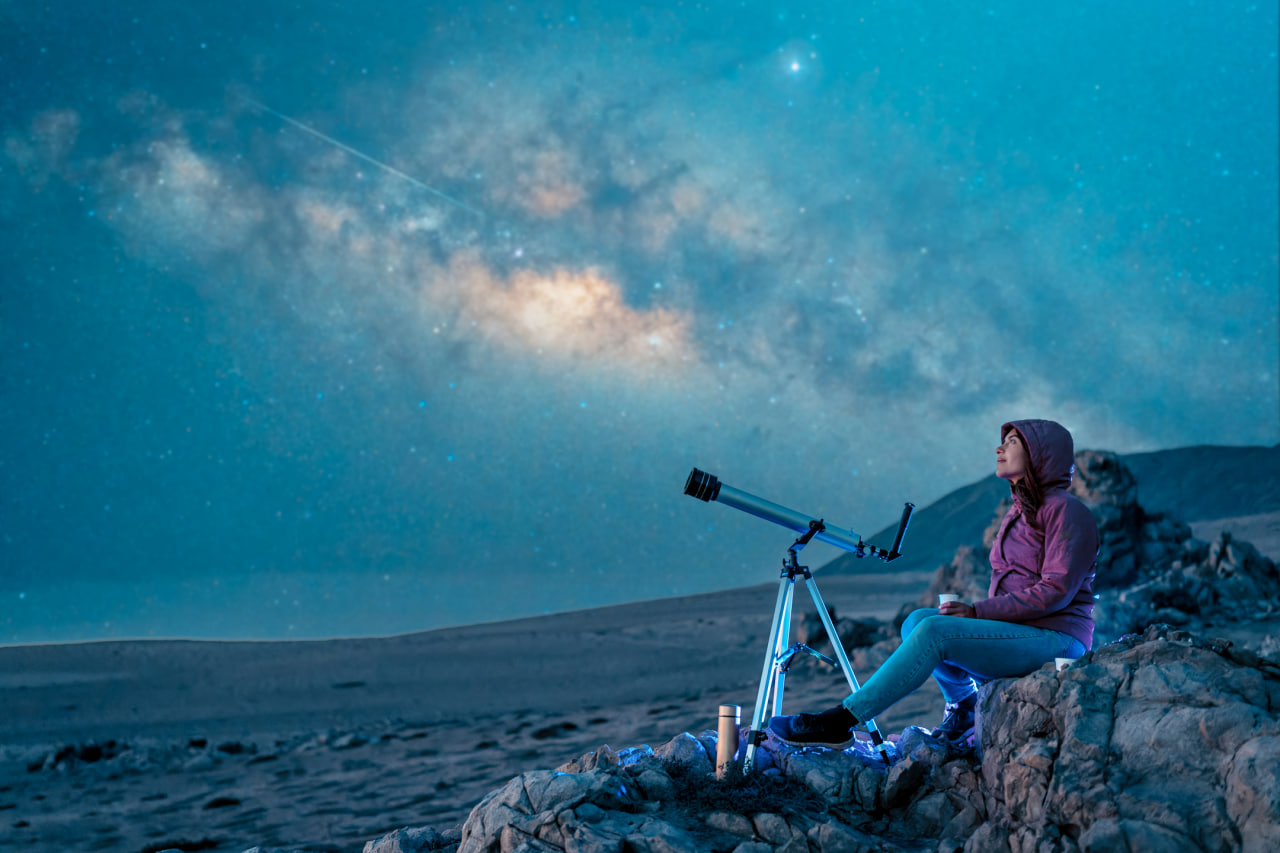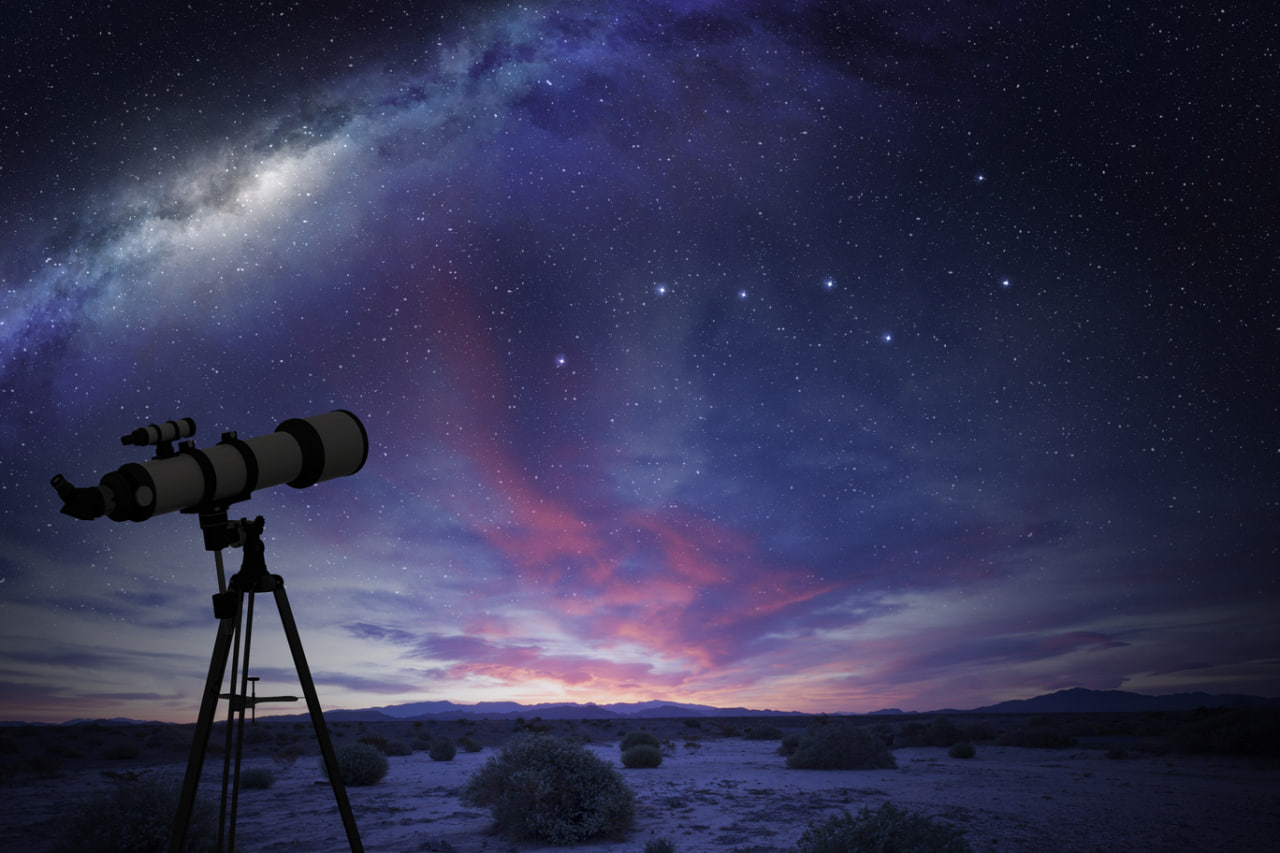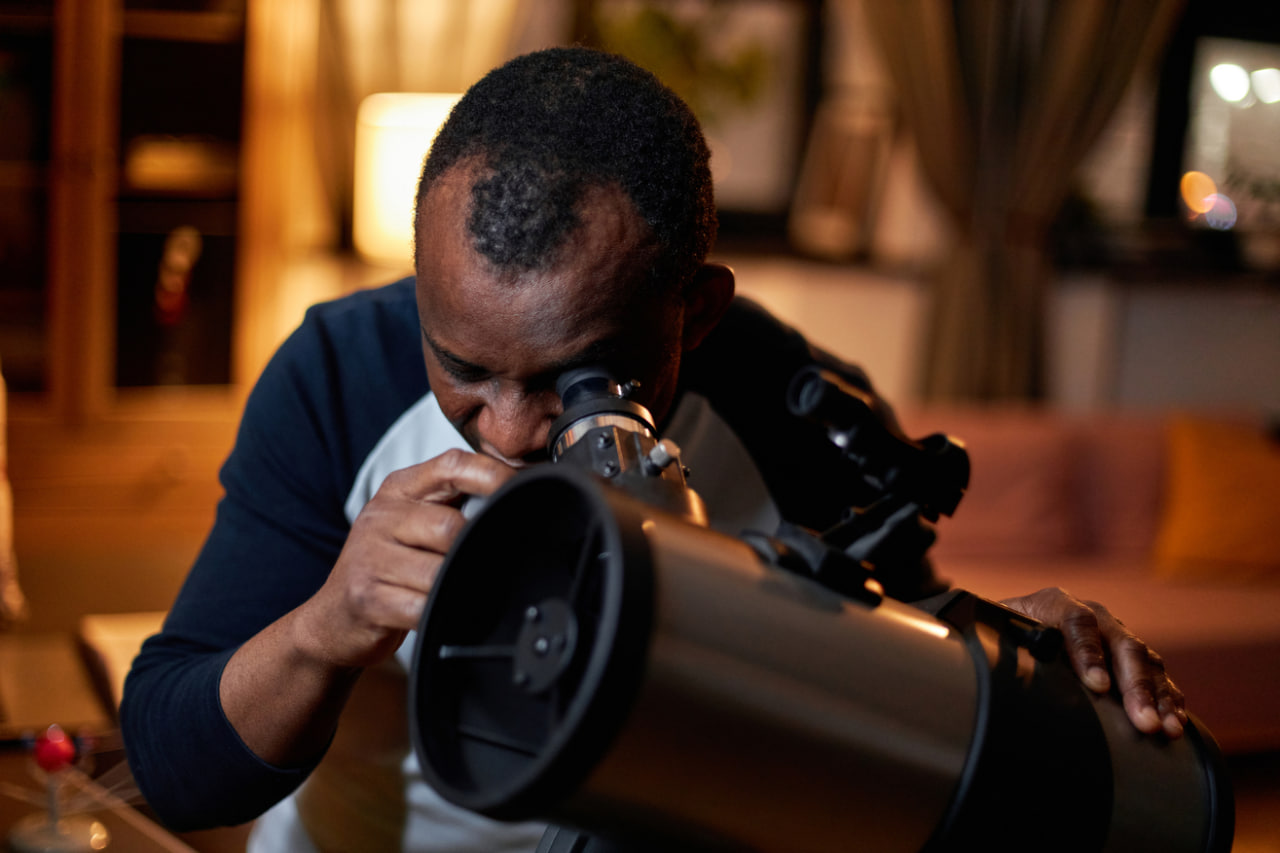Cosmic Phenomena: Black Holes, Supernovae, and the Edge of Space
The universe is a theater of extreme events and extraordinary structures. From the collapse of massive stars into black holes to the cataclysmic explosions of supernovae, cosmic phenomena challenge our understanding of physics and the nature of reality itself. Beyond the familiar planets and stars lies a realm of intense gravitational forces, high-energy radiation, and […]




